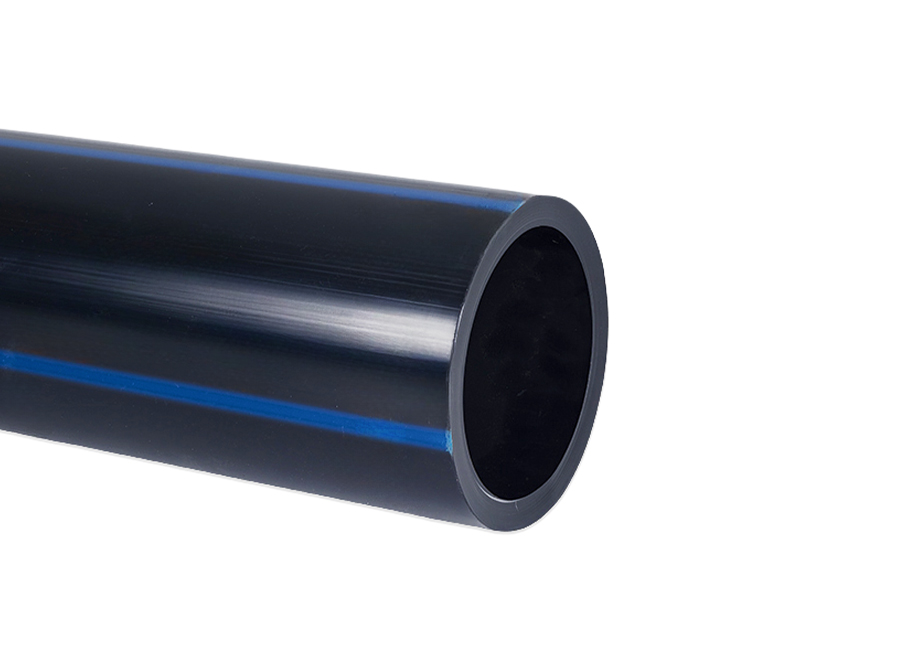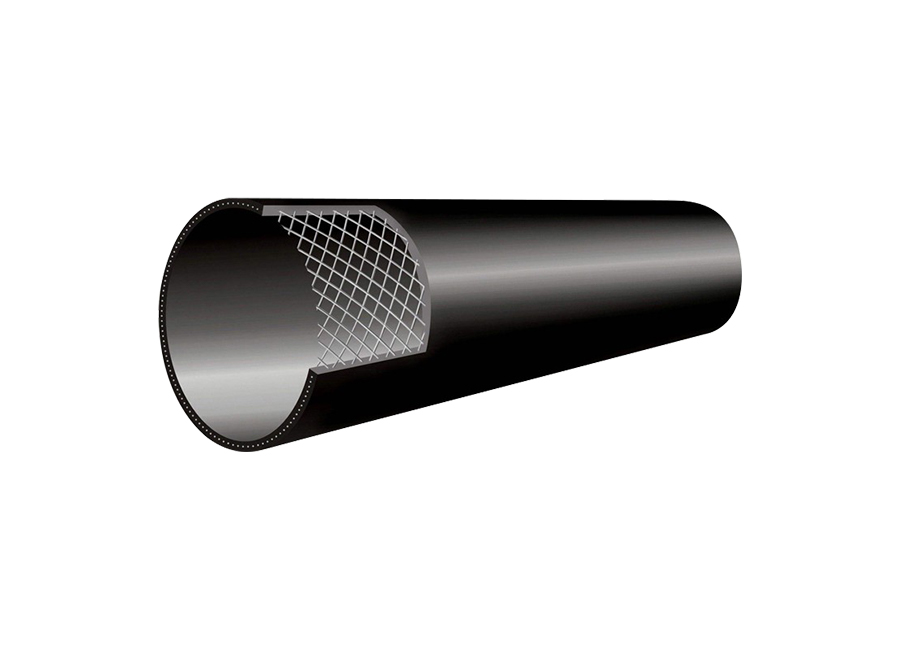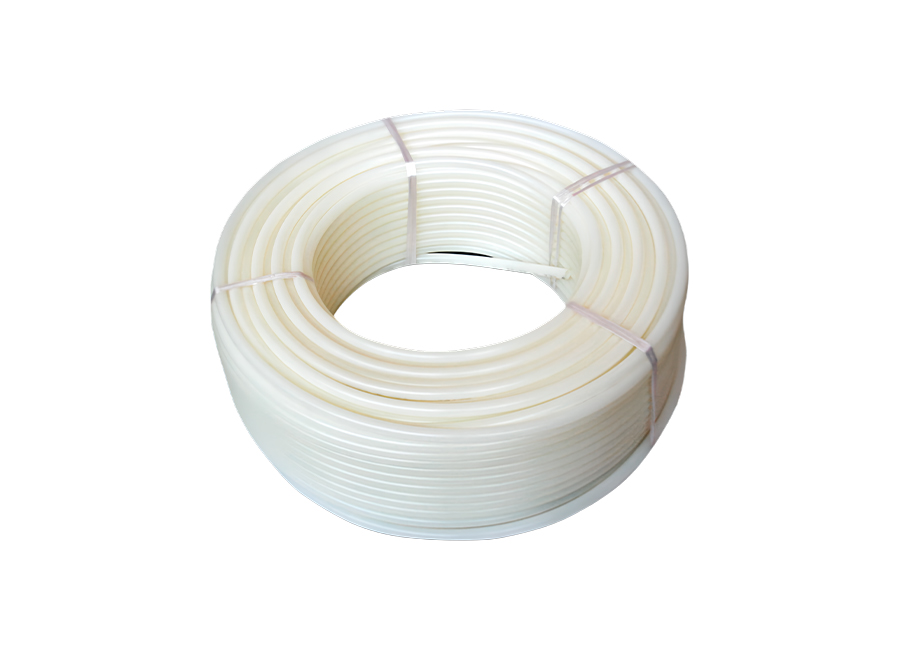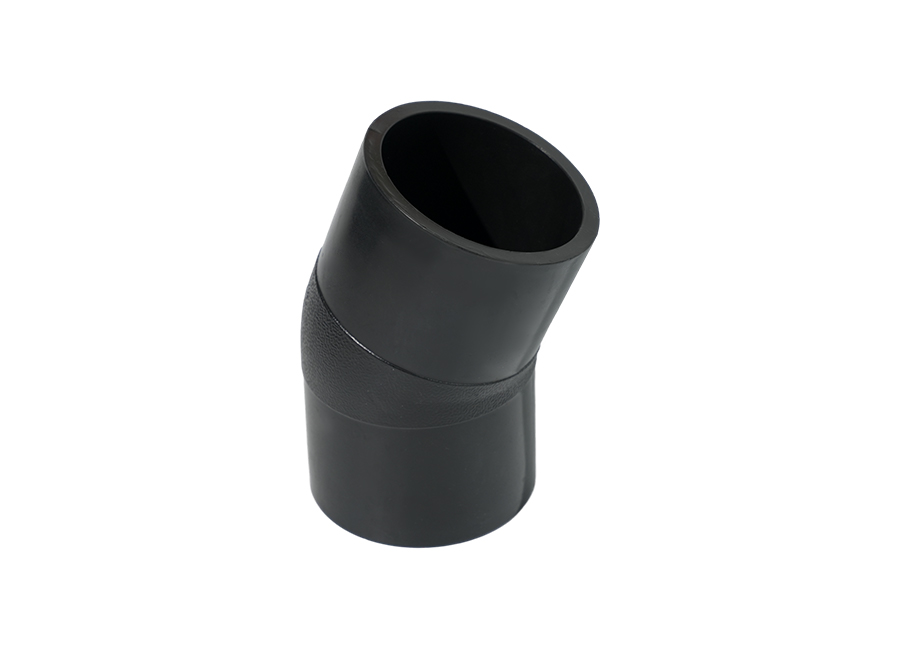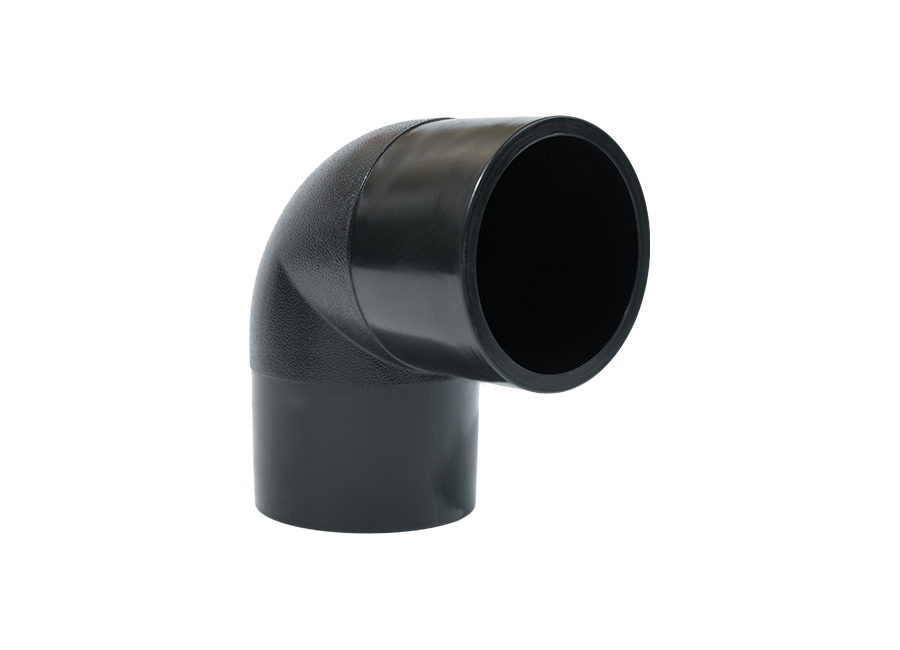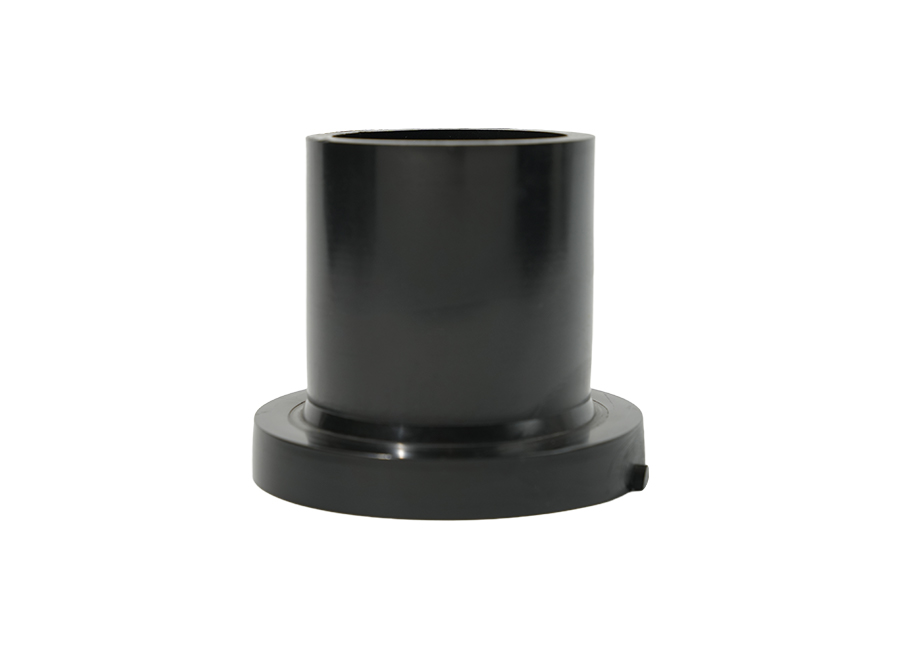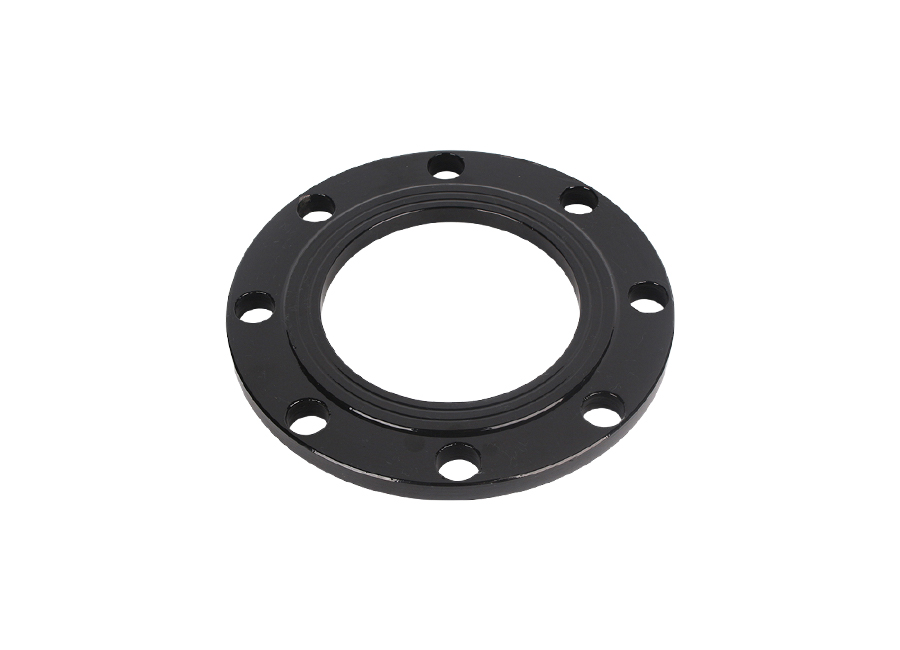PE pipes (polyethylene pipes) are widely used in water supply pipelines, agricultural irrigation, drainage systems, and gas transmission due to their advantages such as corrosion resistance, high flexibility, good impact resistance, and long service life. However, even with reliable performance, PE pipes may still experience leaks during long-term operation. Many people's first reaction to this situation is, "Does the entire section have to be replaced?" or "Can it be repaired directly?"
In fact, most PE pipe leaks can be repaired, and the repair methods are relatively simple.
1. What are the common causes of PE pipe leaks?
To repair a leak, it is essential to understand the causes of the problem. Common causes include:
(1) Pipe aging or prolonged exposure to ultraviolet radiation
PE pipes themselves have a lifespan of up to 50 years, but prolonged exposure to sunlight will accelerate aging, causing micro-cracks on the surface, eventually leading to leaks.
(2) Improper construction or poor welding quality
Insufficient heat fusion connection temperature
Contamination of the heat fusion surface
Incompatibility between different brands of materials
These problems can all lead to leaks at the weld joint.
(3) Foundation settlement or external pressure damage
Especially under roads or in construction areas, external impacts and soil subsidence can cause local deformation or cracking of PE pipes.
(4) Long-term high-pressure operation exceeding the pipe's capacity
Overpressure use leads to excessive stress on the pipe wall, gradually causing cracks.
(5) Poor sealing at fittings and valves
Clamps, tees, elbows, etc., are prone to loosening or sealing problems, causing localized leaks.
Understanding the causes of leaks helps in choosing appropriate repair methods.

2. How to determine the type of PE pipe leak?
Different types of leaks correspond to different repair methods, generally categorized as follows:
(1) Seepage: Wet marks appear but there is no obvious water flow, indicating a minor leak, often occurring at welded joints.
(2) Point leakage: Pinholes the pipe wall, with water spraying out.
(3) Crack leakage: Cracks are linear, with a larger leakage volume.
(4) Leaks at joints:Commonly seen at butt welds, flange connections, tees, and elbows.
(5) Large-area ruptures:If the pipe is deformed and ruptured due to external pressure, the damage is significant.
Different situations require different repair solutions; choosing the correct method can prevent secondary damage.
3. Emergency treatment methods for PE pipe leaks (suitable for temporary leak stopping)
If the leak location still needs to be handled by professionals, temporary leak stopping measures can be taken:
(1) Temporarily clamp with rubber sheet + pipe clamp
Cover the leak point with a rubber sheet.
Use stainless steel pipe clamps to tighten and fix it.
Suitable for small holes and minor cracks.
(2) Wrap with pipe repair tape
There are pipe repair tapes specifically for PE pipe repair on the market, which can temporarily stop leaks.
(3) Reduce pressure or close some valves
To prevent the leak from expanding further.
Note: Temporary leak stopping is not a long-term solution and is only for transitional use.
4. Can PE pipes be repaired? How?
Most PE pipe leaks can be repaired using various methods. Here are some commonly used standard repair solutions:
Method 1: Heat-fusion sleeve repair (electrofusion or heat fusion)
Suitable for: Small cracks and small-area damage.
Steps:
Remove burrs from both ends of the damaged area.
Apply a heat-fusion sleeve.
Heat to the welding temperature using a heat fusion machine.
Check for a tight seal after cooling.
Advantages: Good sealing, reliable welding.
Disadvantages: Requires specialized tools.
Method 2: Cut off the damaged section + re-heat-fusion butt joint
Suitable for: Long cracks, obvious damage, and damaged welds.
Steps:
Cut off the damaged section.
Use a fitting (such as a straight connector) for heat fusion connection.
Align and ensure a secure joint.
This is the most common and reliable method for repairing PE pipes.
Method 3: Repair using an electrofusion patch
Suitable for: Irregularly shaped or large-area damage.
Steps:
Clean the damaged area.
Apply the electrofusion patch to the leak point.
Heat using an electrofusion welding machine.
Wait for curing.
Advantages: No need to cut the pipe; direct repair possible.

 English
English 中文简体
中文简体 русский
русский عربى
عربى


